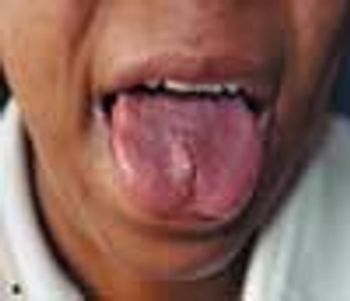
A healthy 56-year-old woman, who is seeing you for her annual checkup, asks if she still needs to continue the calcium supplements she has been taking. She has heard reports on the evening news that calcium and vitamin D were of negligible value in women her age--and could even cause kidney stones. How would you respond? What is the latest thinking about calcium and vitamin D supplements for postmenopausal women?














































































































































































































































































